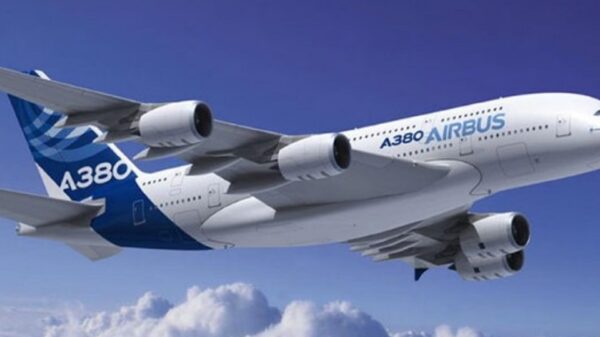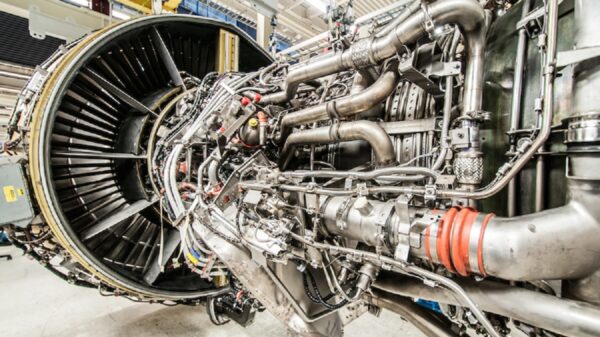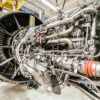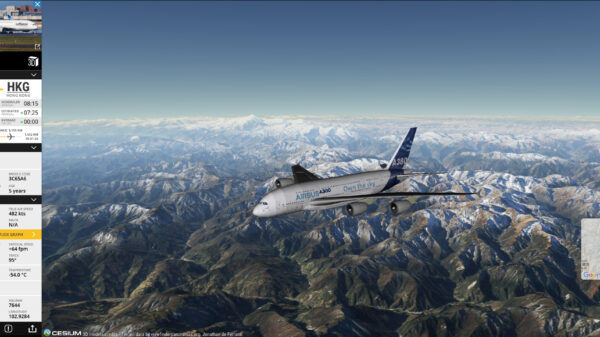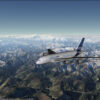Welcome aboard, young aviation enthusiasts! Today, we embark on an extraordinary journey to discover the inner workings of jet airliners.
Let’s follow Jake O’Neil, the creator of Animagraphs, as we delve into the intricacies of these marvellous flying machines. From the robust airframe to the powerful engines and beyond, prepare to be amazed!
The Mighty Airframe
Our adventure begins with the airframe, the foundation of any jet airliner. Thousands of specially formed panels, crafted from damage-resistant materials like carbon fibre and aluminium alloys, are riveted together to create a remarkably strong yet lightweight structure. This airframe forms the backbone of the aircraft, supporting all its vital components.
High Above the Clouds
As jet airliners soar high above the clouds, they encounter varying air pressures. Passenger planes typically cruise between 31,000 and 38,000 feet above sea level, where air pressure is much lower than what we experience on the ground. Most sections of the aeroplane, including the flight deck and passenger areas, are pressurised during the flight to ensure our comfort and safety.
Majestic Wings
Ah, behold the majestic wings that give flight to the aircraft! The wings that are attached near the aeroplane’s centre generate the all-important lift. It works in harmony with flight control surfaces like ailerons, elevators, and rudders, the wings allow skilled pilots to control the aircraft’s movement in the air precisely.
Powerful Engines
Let’s focus on the incredible engines that power these mighty machines. The rear of the engine houses the thrust reverser assembly, a nifty mechanism that helps the plane slow down during landing. We also have the auxiliary power unit (APU), a trusty backup power source that supports various systems when the aircraft is grounded.
Handling the Fuel
The jet airliner’s fuel system is a remarkable network of tanks and pumps that keeps these birds flying. A baffle system prevents excessive fuel sloshing during flight, while nitrogen-rich air replaces regular air in the fuel tanks to reduce fire risks.
Air Management and Hydraulics
As we traverse the skies, we must ensure proper air management for passengers and crew. Bleed air valves collect pressurised air from the engine to provide climate control throughout the cabin. Additionally, hydraulic systems power critical flight control surfaces, enabling precise manoeuvring.
Safety Measures
Safety is of utmost importance in the world of aviation. Jet airliners are equipped with an array of emergency systems, such as oxygen masks, fire extinguishers, and escape slides, ensuring passengers and crew can confidently handle unexpected situations.
Conclusion
Dear young aviators, we have journeyed through the fascinating world of jet airliners, uncovering the secrets behind their incredible technology. Each component is crucial in ensuring smooth and safe flights across the skies, from the sturdy airframe to the powerful engines. Next time you board a jet airliner, take a moment to appreciate the marvel of engineering that brings us soaring above the clouds. Bon voyage!


